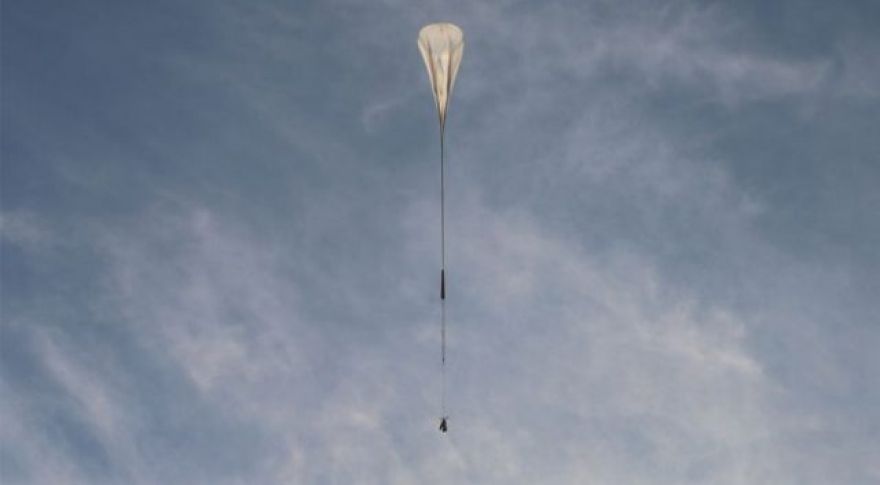
SuperBIT Will Send Telescopes to the Edge of Space With a Giant Balloon
Hubble has been orbiting Earth for decades, capturing incredible images of the cosmos that aren’t possible with other instruments. That’s not because Hubble is the biggest, and it’s certainly lacking in modern technology. Hubble is unmatched because of where it is, far above Earth’s murky atmosphere. A new project from Durham University, Princeton University, NASA, and others envisions a cheaper way to get telescopes into a similarly unobscured position. It’s called SuperBIT, and instead of rockets, .
As we watch NASA put the finishing touches on the long-delayed James Webb Space Telescope, it’s apparent just how much work goes into spacecraft like the JWST.
SuperBIT (Superpressure Balloon-borne Imaging Telescope) simplifies things by using an enormous helium balloon to hoist a telescope into the upper atmosphere. This relies on technology recently developed at NASA for “superpressure” balloons that can remain at altitude for months at a time instead of days. The balloon is about the size of a football stadium, with a volume of 695,830 cubic yards (532,000 cubic meters). The team says this provides enough lift to take a large parabolic mirror telescope to an altitude of 25 miles (40 kilometers).
Generally, space is considered to start around 50-60 miles (depending on who you ask), but at 25 miles, SuperBIT will be toward the top of the stratosphere. Most of the pesky air that muddies images from ground-based telescopes will be out of the way up there — the top of the stratosphere has an atmospheric pressure of just 1 millibar (about 0.0009 standard Earth atmospheres).
The demo version of SuperBIT features a 0.5-meter telescope (above), but work is already underway to upgrade that to 1.5 meters. With modern technology, the team believes that instrument will be able to match or even beat Hubble. Plus, SuperBIT won’t stay aloft forever. It will come back down every few months as the balloon starts to deflate. That will give ground teams a chance to repair and upgrade the telescope. There’s even the possibility of cramming a 2-meter reflector in SuperBIT. With better light gathering and higher resolution sensors, the team believes this instrument would be a solid improvement over Hubble.
The goal now is to get SuperBIT prepped for its next launch in 2022. The telescope will attempt to gather more data on dark matter, which could help explain some recent .
Now read: